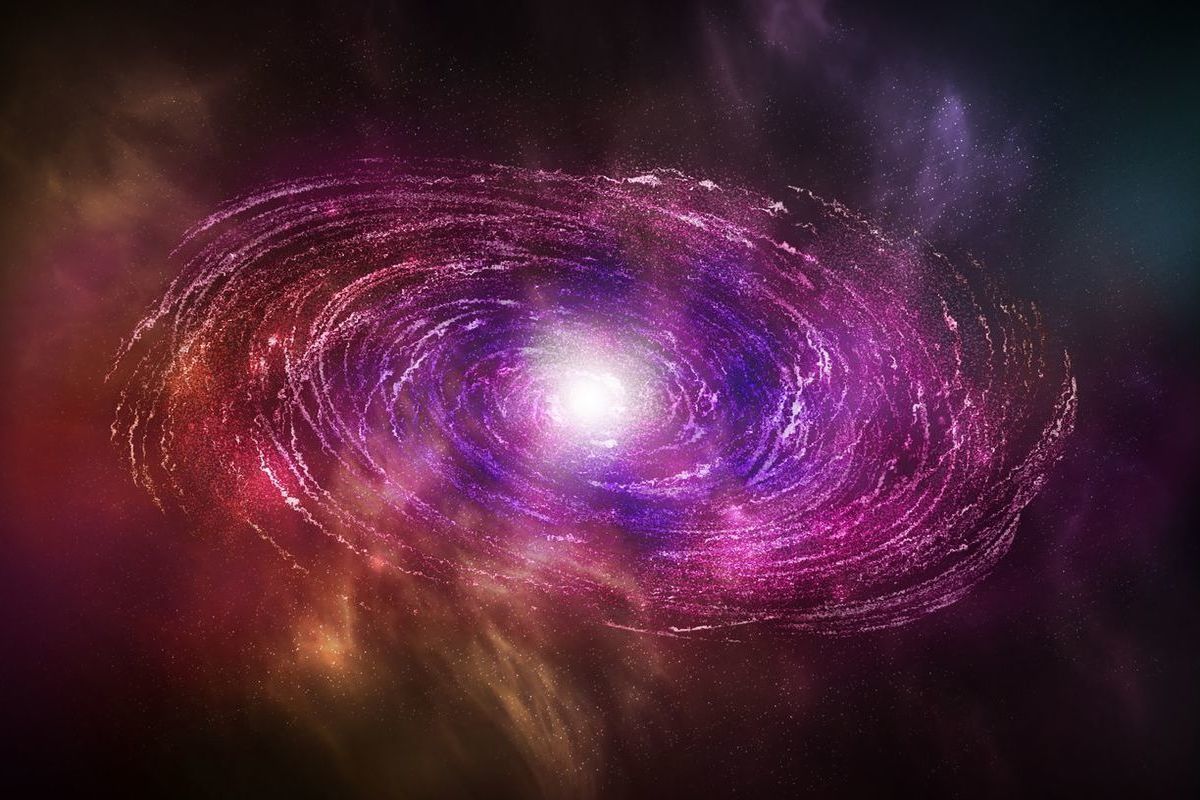The heaviest black holes have been found: their merger did not go unnoticed by scientists
[ad_1]

The mass of the space-time region exceeds the mass of the Sun billions of times
A recent study provides insight into what might prevent supermassive black holes from merging. Instead of merging, the struggle dragged on for more than three billion years. The binary black hole system is at the center of an elliptical radio galaxy called 4C +37.11 (or B2 0402+379) and is approximately 750 million light-years from Earth.
A team of astronomers has published a paper in the Astrophysical Journal that gives their estimated mass as several billion times the mass of the Sun and some insight into what might prevent supermassive black holes from merging.
The question of black hole mergers has puzzled astronomers for so long that it has its own name: the last parsec problem. When gravity becomes strong enough to bring two galaxies together, the supermassive black holes become a binary pair at the center of the newly formed galaxy. But once they get within just a few parsecs (which is about 3.3 light years), the process stops and the black holes remain at that comfortable distance.
The combined mass of the two black holes at the center of 4C +37.11 is extremely large, amounting to 28 billion solar masses. This automatically qualifies them as the heaviest binary black hole ever found. By comparison, the supermassive black hole at the center of our Milky Way galaxy has a mass of about 4.3 million solar masses.
The team of astronomers used archived data from the Gemini Multi-Object Spectrograph at Gemini International Observatory (GMOS) to measure the mass of the binary system. By analyzing the speed of the stars and how they accelerate as they approach the binary system, they were able to determine the total mass, according to Stanford University physics professor Roger Romani.
“After a galactic merger, the two central black holes will interact with the stars, which will take away some of their kinetic energy, causing them to spiral toward a common center. This is called dynamic friction,” commented the study’s author, Tirth Surti. “As we analyze the surroundings of stars, black holes interact with fewer and fewer stars, so the efficiency of this process decreases.”
In other words, the material surrounding the binary system becomes scarce. And like most systems, they need food to continue to grow.
“This often happens when black holes are far enough apart that they cannot fully complete the merger via gravitational wave radiation,” admits Surti.
What astronomers don’t yet know is how and when supermassive black holes stall in their mergers, and whether the stalling phase for this galaxy is an ongoing problem or a very long-term setback.
“Galaxies with lighter pairs of black holes usually seem to have enough stars and mass to bring them together quickly, but because the pair is so heavy, it takes a lot of stars and gas to do the job,” Romani said. Researchers believe the merger event could be completed if the binary galaxy merges with a third galaxy, hopefully replenishing the central region.
“We look forward to further studies of the B2 0402+379 core, where we will see how much gas is present,” concludes Surti. “This should give us more information about whether supermassive black holes might eventually merge or whether they will remain as a binary system.”
[ad_2]
Source link








